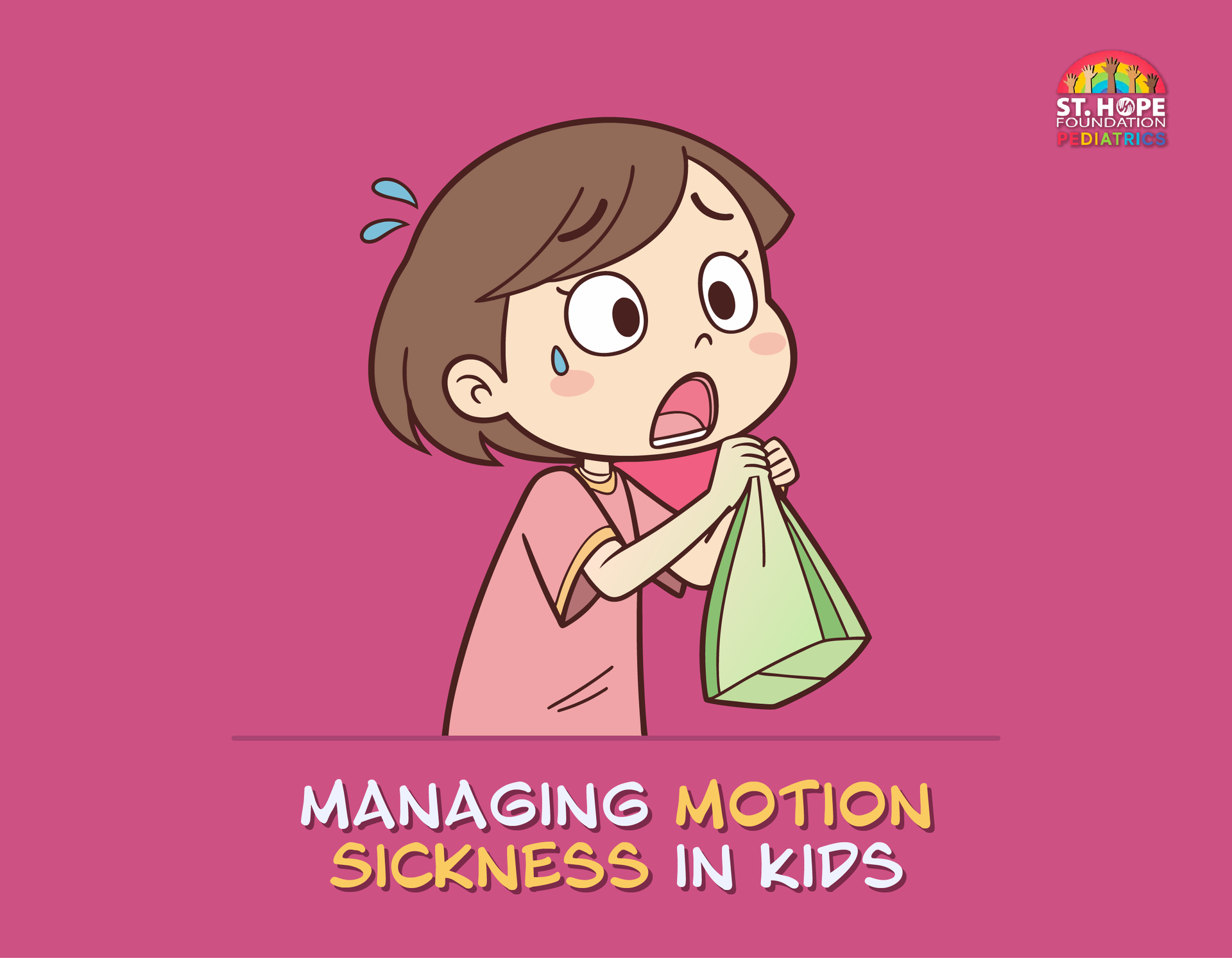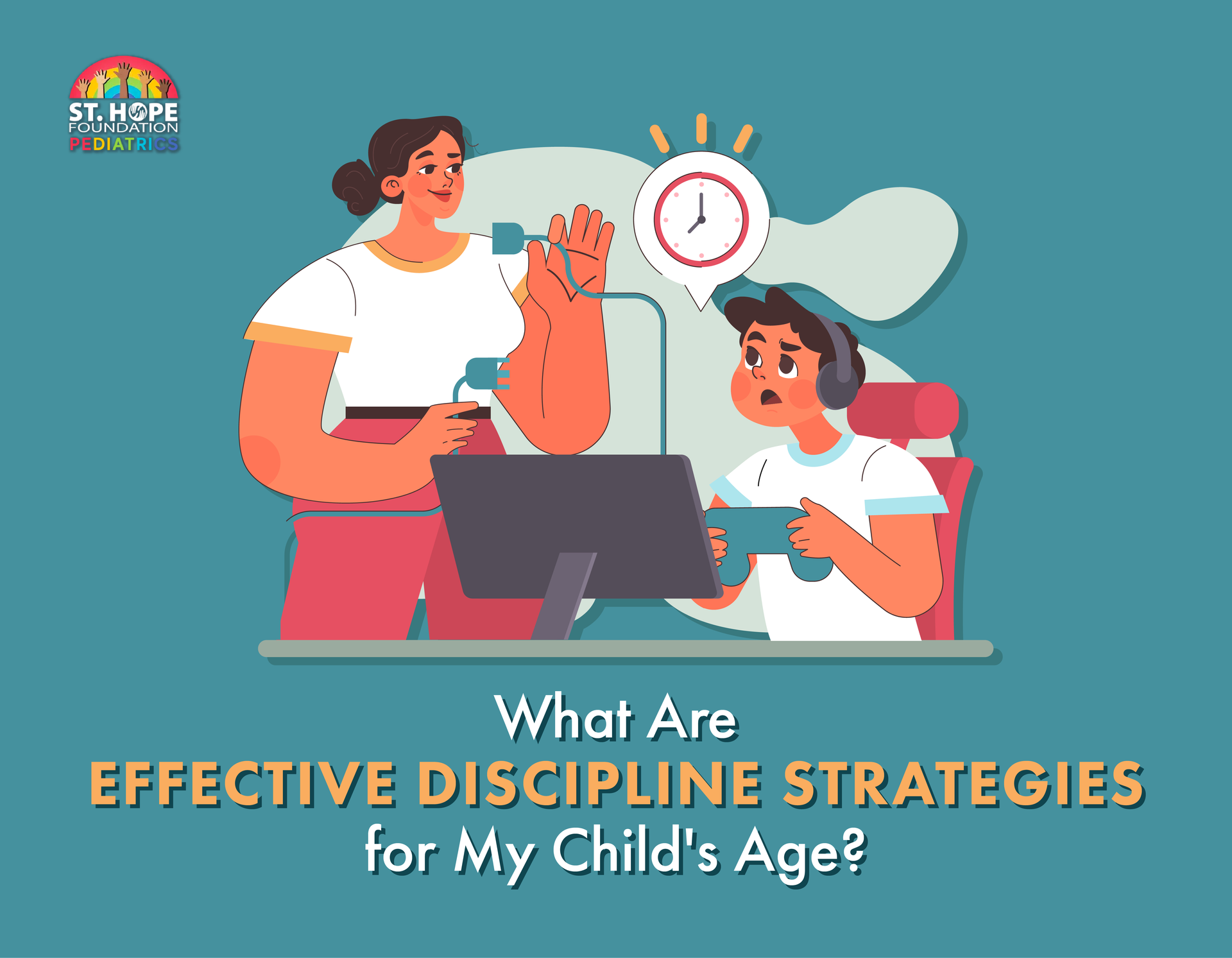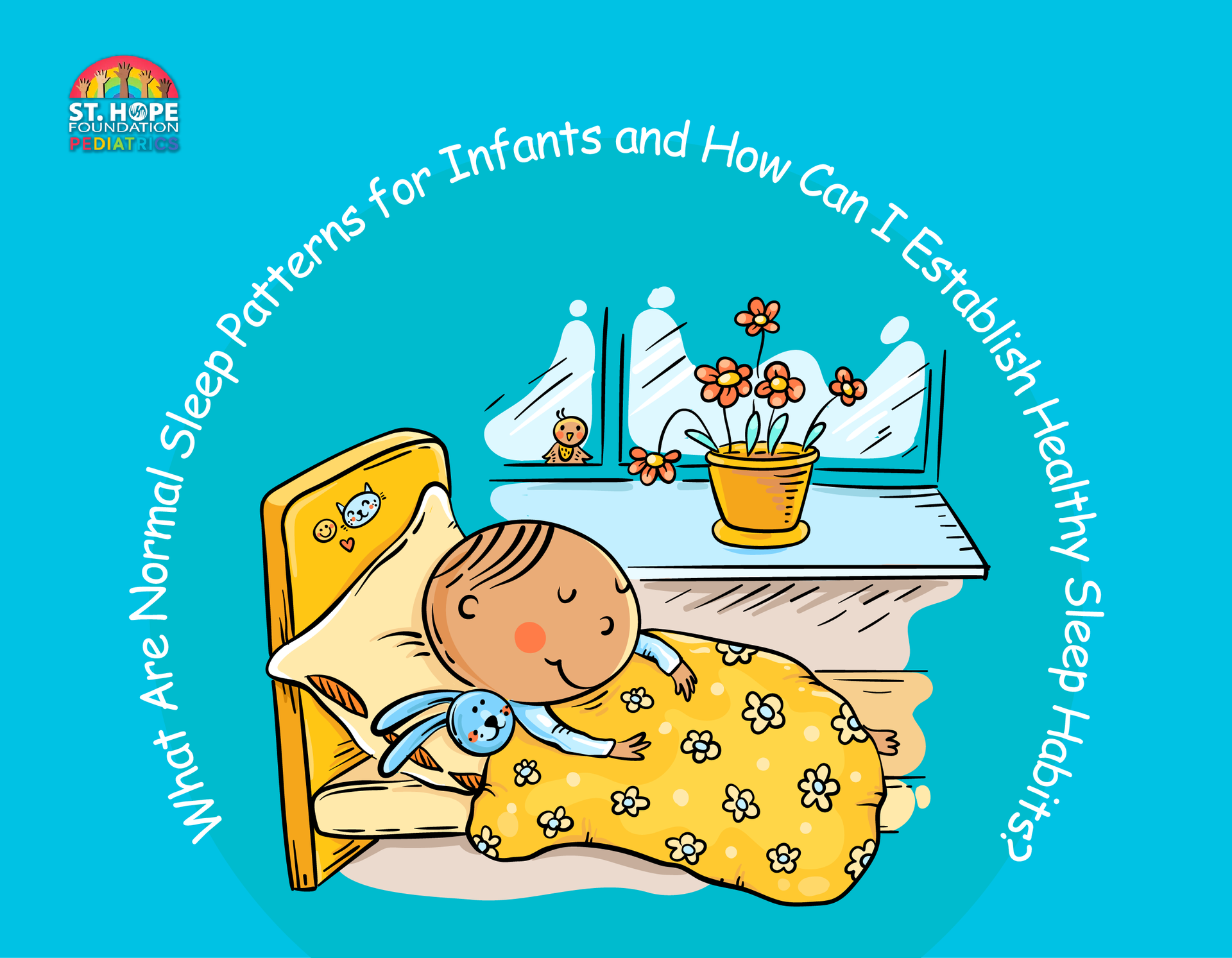
Motion sickness can quickly turn a fun family road trip, plane ride or boat adventure into a stressful experience. Many children are prone to motion sickness, which can cause nausea, dizziness, vomiting and discomfort when traveling. While motion sickness isn’t dangerous, it can make trips unpleasant and challenging for both kids and parents.
Fortunately, there are ways to prevent and manage it so children who are prone to motion sickness can enjoy traveling without feeling sick.
What Causes Motion Sickness?
Motion sickness happens when the brain receives conflicting signals from the body’s senses. The inner ear, eyes and muscles all help the body detect movement. When these signals don’t match up, the brain gets confused, leading to symptoms of motion sickness.
For example, if your child is reading a book or watching a movie in the car, their eyes are focused on a stationary object.
Meanwhile, their inner ear senses movement from the car’s motion. This mismatch can trigger nausea and dizziness.
Children between the ages of 2 and 12 are especially susceptible to motion sickness, though some kids may outgrow it as they get older.
Signs of Motion Sickness in Kids
Children may not always be able to describe how they’re feeling, so it’s important to recognize the signs of motion sickness, which can include:
- Nausea
- Vomiting
- Dizziness
- Headache
- Cold sweats
- Fatigue
- Loss of appetite
- Increased saliva production
- Feeling uneasy or irritable
How to Prevent Motion Sickness in Kids
While motion sickness can’t always be avoided, there are steps you can take to reduce the likelihood of it happening.
1. Choose the Right Seat
Where your child sits can make a big difference in reducing motion sickness. Try these seating options:
- In the Car: Have your child sit in the middle seat of the back row or in the front passenger seat (if they are an adequate height and old enough). Facing forward and looking at the horizon can help.
- On a Plane: Seats over the wings tend to have the least movement.
- On a Boat: The middle and lower parts of the boat are the most stable. Encourage your child to look at the horizon instead of the water.
2. Keep Their Head Stable
Excessive head movement can worsen motion sickness. Use a neck pillow or headrest to help keep your child’s head steady while traveling.
3. Encourage Looking Outside
Have your child focus on a fixed point in the distance, such as the horizon, rather than reading books, watching screens or looking at objects inside the vehicle.
4. Ventilation and Fresh Air
A stuffy car or cabin can make nausea worse. Open the windows for fresh air or turn on the air vents to keep the air circulating. Avoid strong odors like food, smoke or perfume, which can trigger nausea.
5. Light, Non-Greasy Snacks
An empty stomach can make motion sickness worse, but heavy, greasy or spicy foods can also trigger nausea. Give your child a light snack like crackers, toast or fruit before traveling. Avoid large meals right before a trip.
6. Hydration is Key
Make sure your child drinks plenty of water, but avoid sugary drinks, dairy and carbonated beverages, which can upset the stomach. Small sips of cold water can help keep nausea at bay.
7. Take Breaks
If you’re on a long road trip, plan for frequent stops so your child can get out, stretch and breathe fresh air. Movement breaks can help reset the balance system in the inner ear.
8. Ginger and Peppermint
Ginger and peppermint have natural anti-nausea properties. Ginger candies, ginger tea or peppermint gum may help relieve mild nausea in children. Always check with your pediatrician before trying herbal remedies.
9. Distraction Techniques
Engaging your child in conversation, listening to music or playing verbal games (such as “I Spy”) can take their mind off nausea. However, avoid activities that require focusing on close-up objects, like reading or watching screens.
10. Motion Sickness Bands
Acupressure wristbands, often called motion sickness bands, apply gentle pressure to a specific point on the wrist that may help relieve nausea. While clinical evidence is limited and results vary, some children report feeling better when they wear them.
What About Motion Sickness Medication?
Some over-the-counter motion sickness meds are approved for children, like dimenhydrinate (Dramamine) and meclizine, but usually only for certain age ranges and with pediatrician guidance. They're not always recommended for young children due to side effects like drowsiness or, rarely, agitation. Always read and adhere to instructions and dosage guidelines.
What to Do If Your Child Gets Motion Sickness
Even with the best precautions, motion sickness can still happen. If your child starts feeling queasy:
- Encourage them to take slow, deep breaths to help calm their stomach.
- Have them close their eyes and rest to reduce sensory input.
- Give them small sips of cold water to stay hydrated.
- Stop the vehicle and let them get fresh air if possible.
- Use a cool cloth on their forehead or neck to ease discomfort.
When to See a Doctor
While occasional motion sickness is normal, you should consult a doctor if:
- Your child experiences motion sickness frequently, even on short trips.
- They have severe nausea or vomiting that doesn’t improve.
- Motion sickness interferes with daily activities or travel plans.
- Your child develops additional symptoms like headaches, balance problems, or dizziness when not traveling.
Get Advice on Your Child’s Health from Experienced Houston Pediatricians
At St. Hope’s pediatric offices in Houston and Sugar Land, we’re here to help you keep your child healthy and comfortable, whether at home or on the go. If motion sickness is affecting your child’s quality of life, our team of compassionate pediatric specialists can provide personalized advice and treatment options.
Schedule an appointment today here on our website or give us a call at (713) 778-1300. Let us help your child feel their best.













